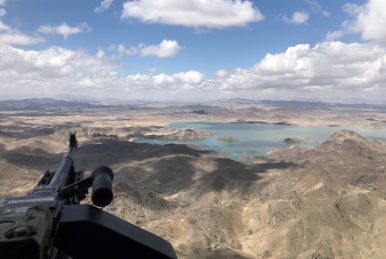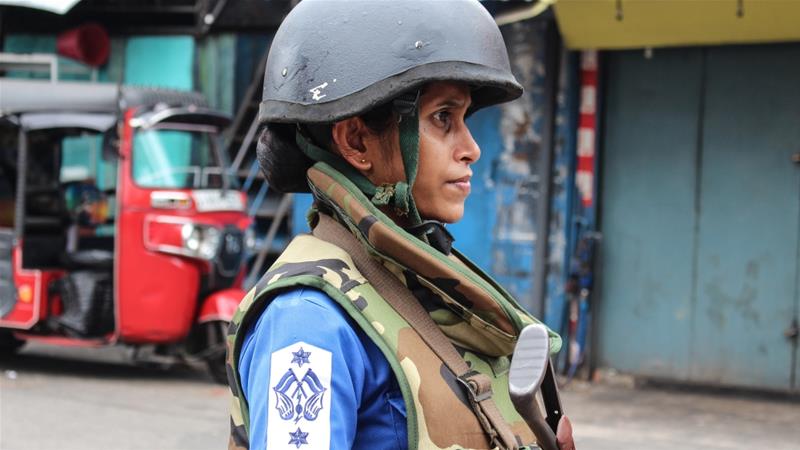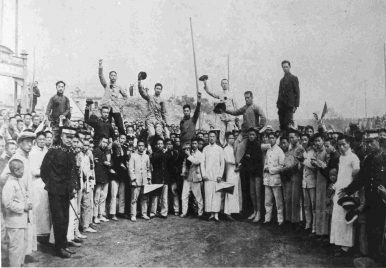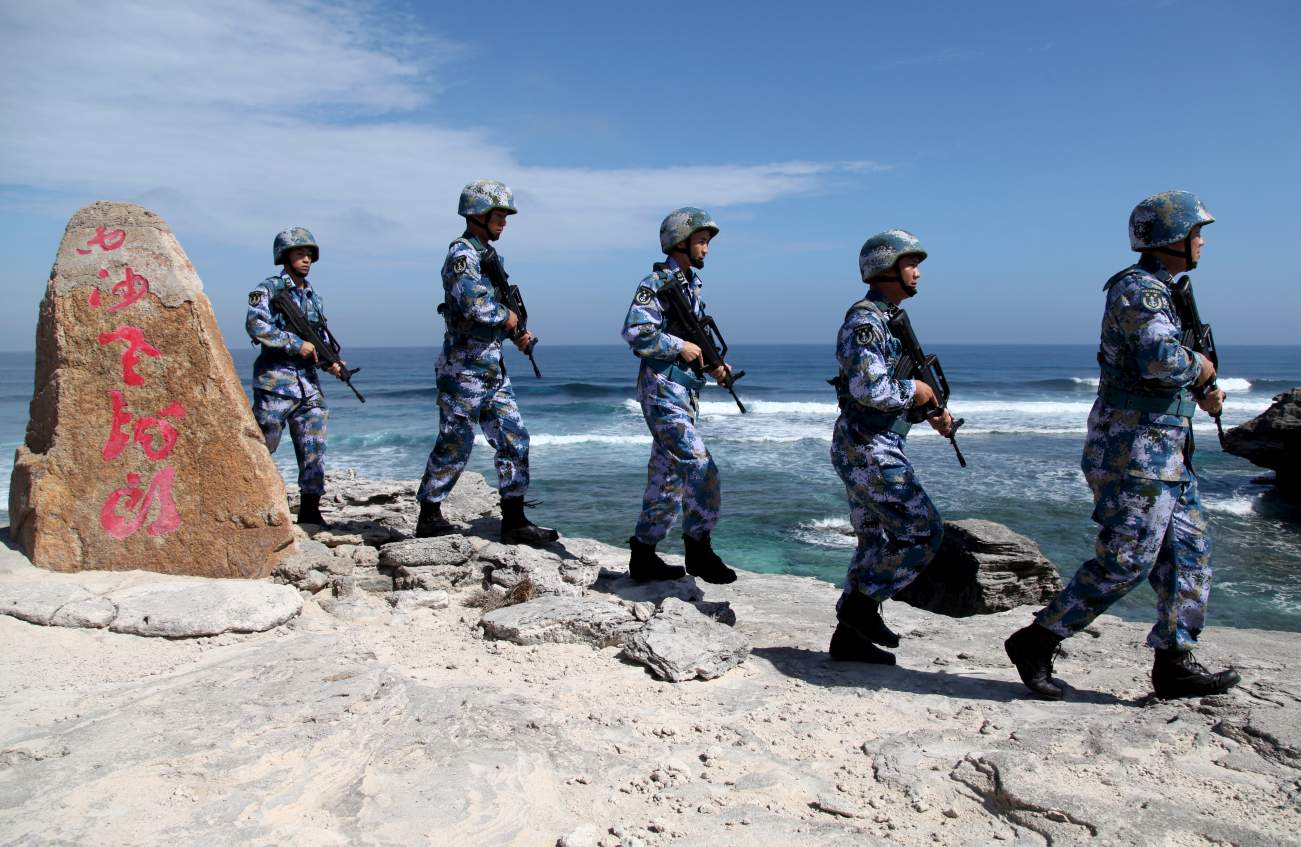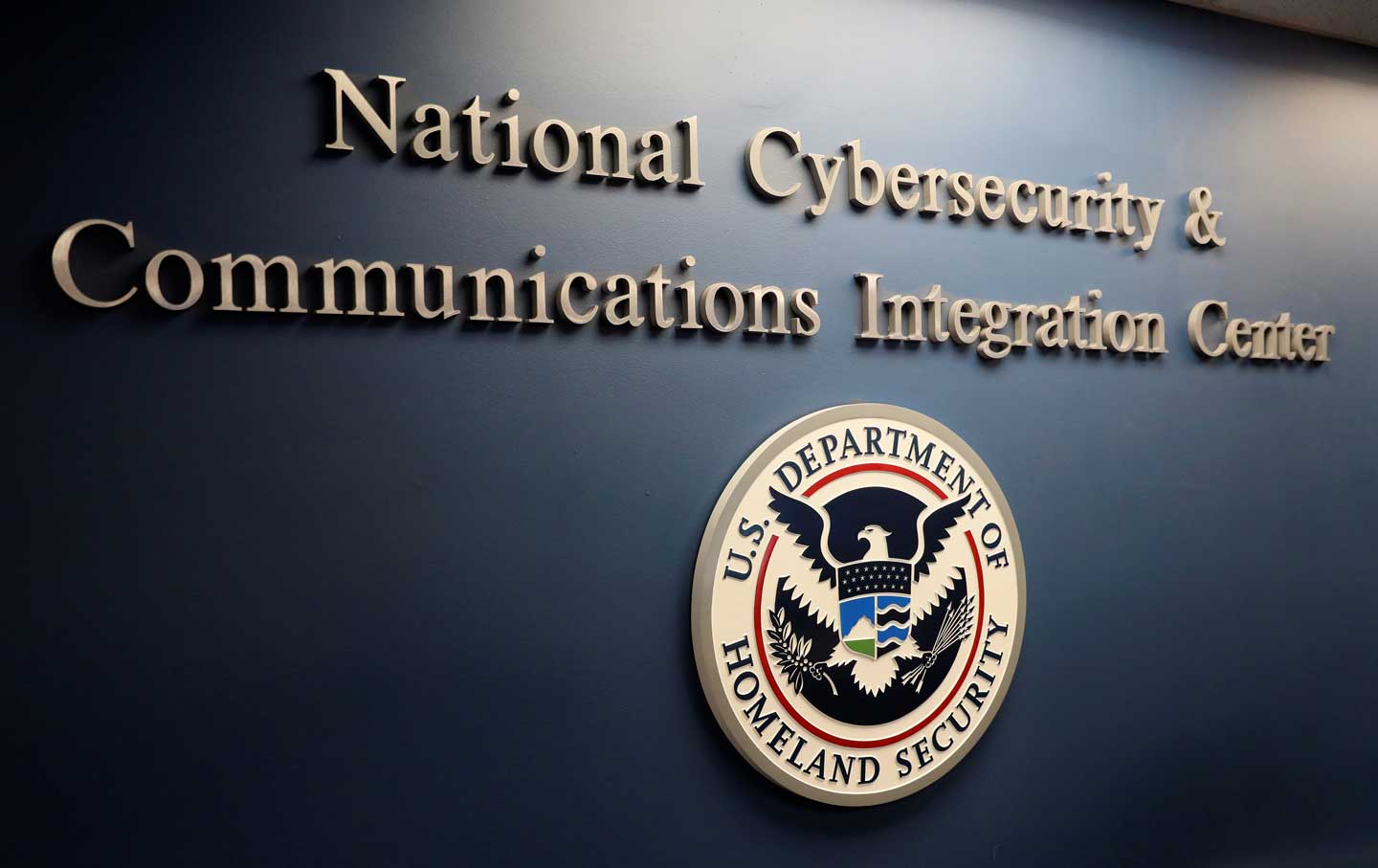By Gyan Bhushan
 The Supreme Court’s order to fill up vacancies in armed forces tribunals has brought hope to many martyrs’ families, widows and disabled soldiers for they can now expect early adjudication of their cases. Created in 2009, the AFT had brought relief to many serving and retired army, navy and air force personnel. Cases that had been pending in various courts for decades were adjudicated upon. It was extremely effective with almost a record number of case disposals. But AFT members began to be reduced by end-2016 till they came down to 50 per cent. Now against the authorization for 17 judicial and 17 administrative members, there are only eight judicial and eight administrative members (two of these members are slated to retire by mid-May 2019).
The Supreme Court’s order to fill up vacancies in armed forces tribunals has brought hope to many martyrs’ families, widows and disabled soldiers for they can now expect early adjudication of their cases. Created in 2009, the AFT had brought relief to many serving and retired army, navy and air force personnel. Cases that had been pending in various courts for decades were adjudicated upon. It was extremely effective with almost a record number of case disposals. But AFT members began to be reduced by end-2016 till they came down to 50 per cent. Now against the authorization for 17 judicial and 17 administrative members, there are only eight judicial and eight administrative members (two of these members are slated to retire by mid-May 2019).
In June 2017, the government notified the Tribunal, Appellate Tribunal and other Authorities (Qualifications, Experience and other Conditions of Service of Members) Rules, 2017 in the Gazette of India. The rules, effective from June 1, amended existing ones, including the Armed Forces Tribunal Act, giving wide-ranging powers to the government regarding appointment and removal of tribunal members. The validity of these have been challenged in the Supreme Court.

